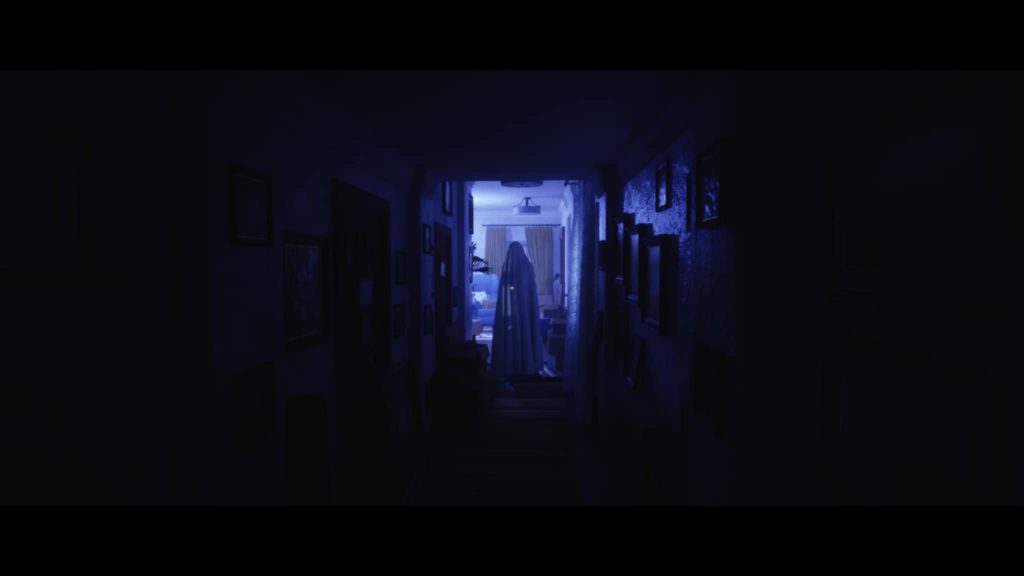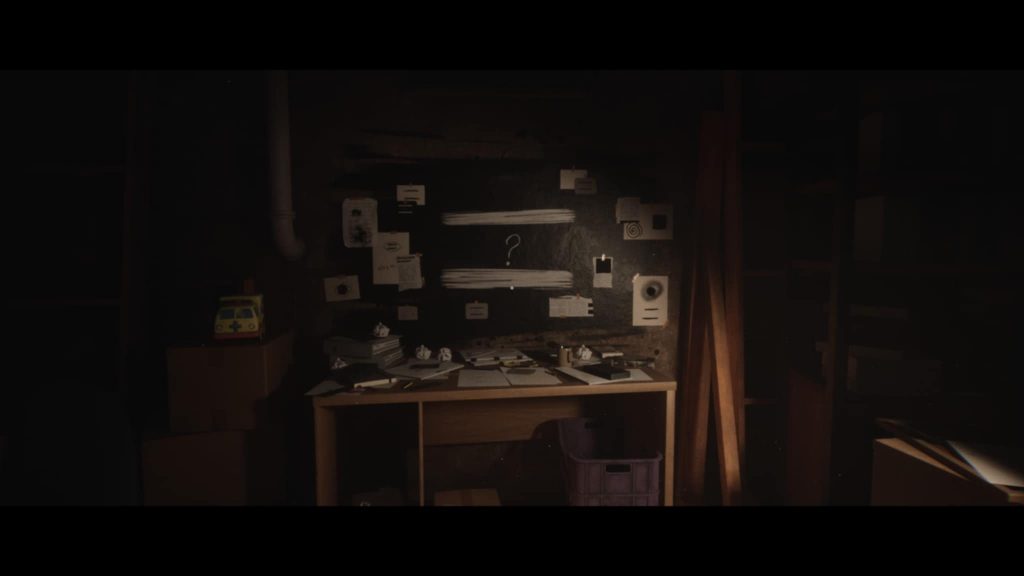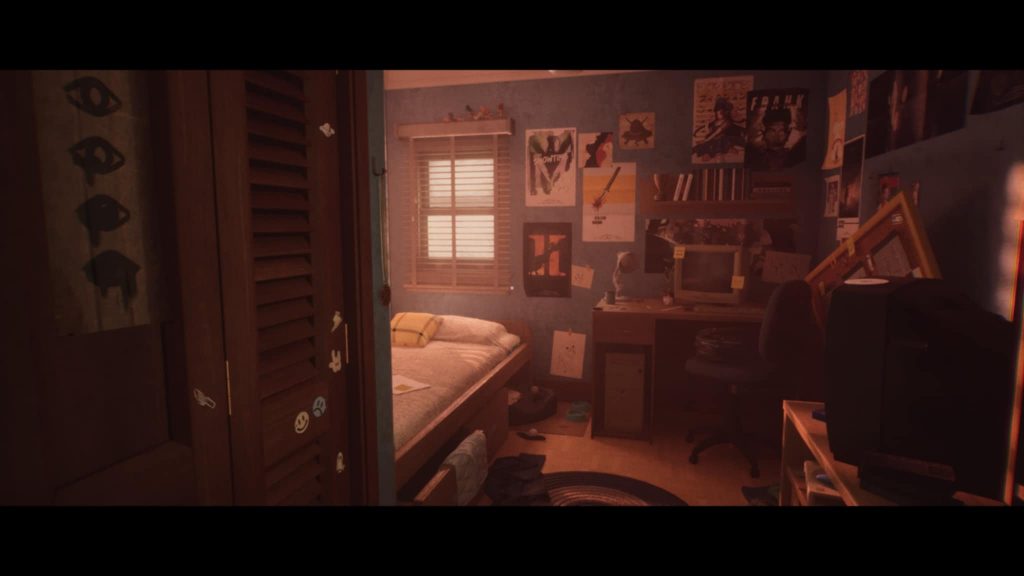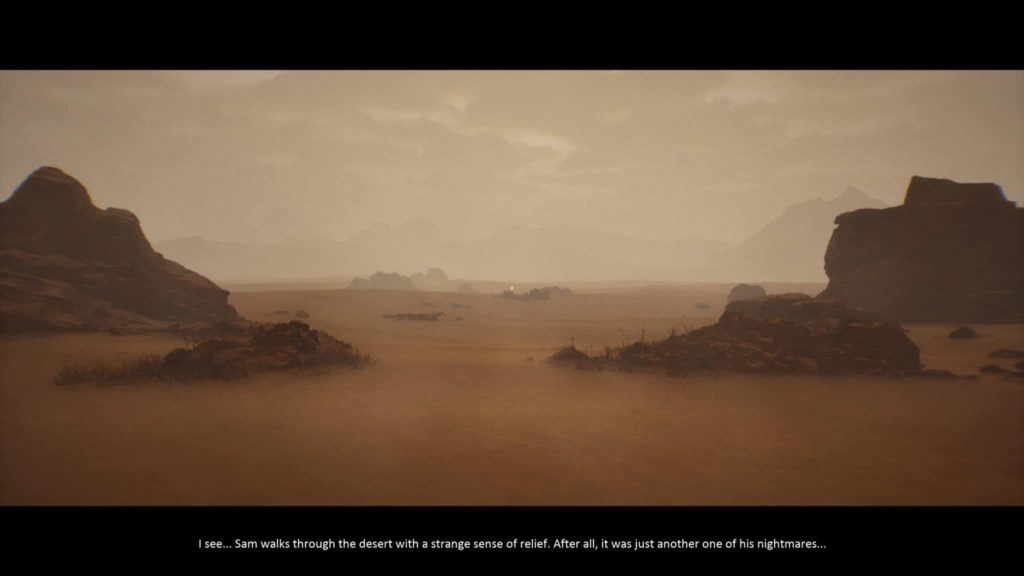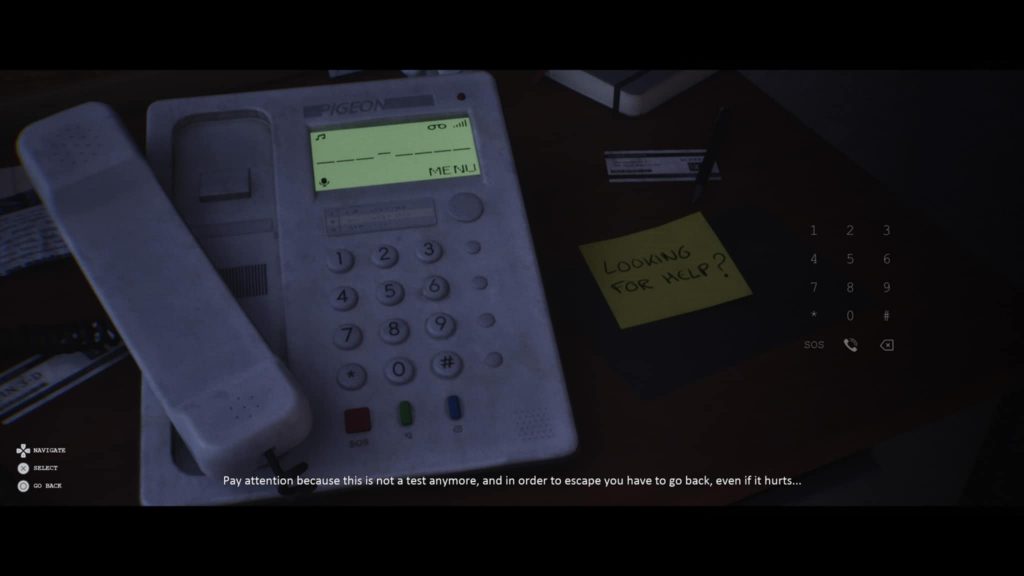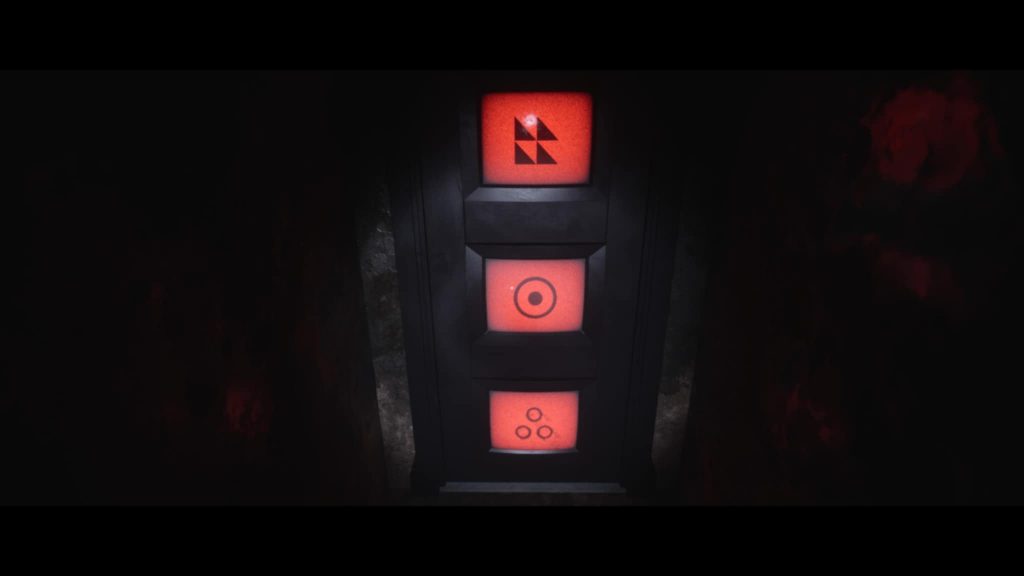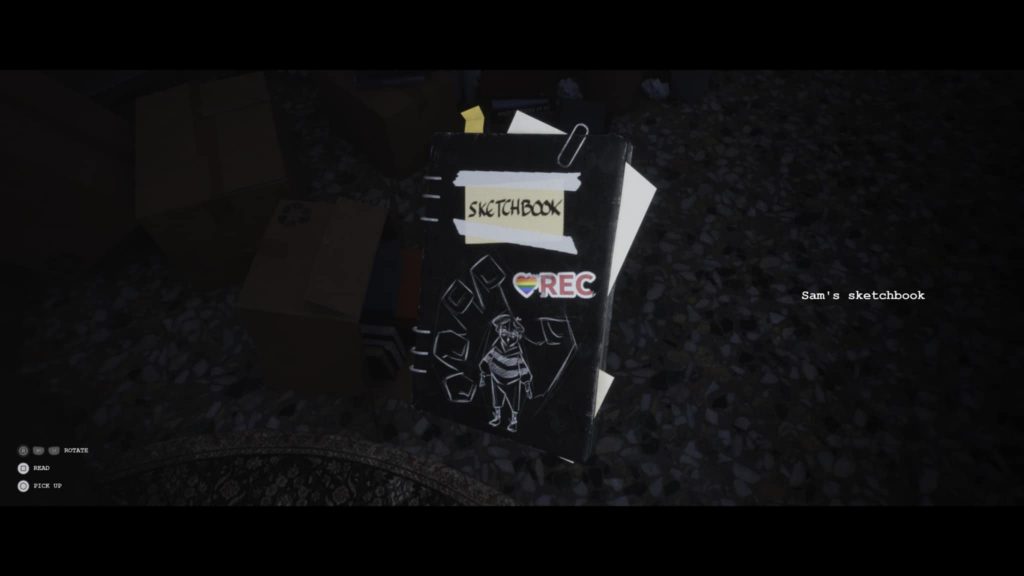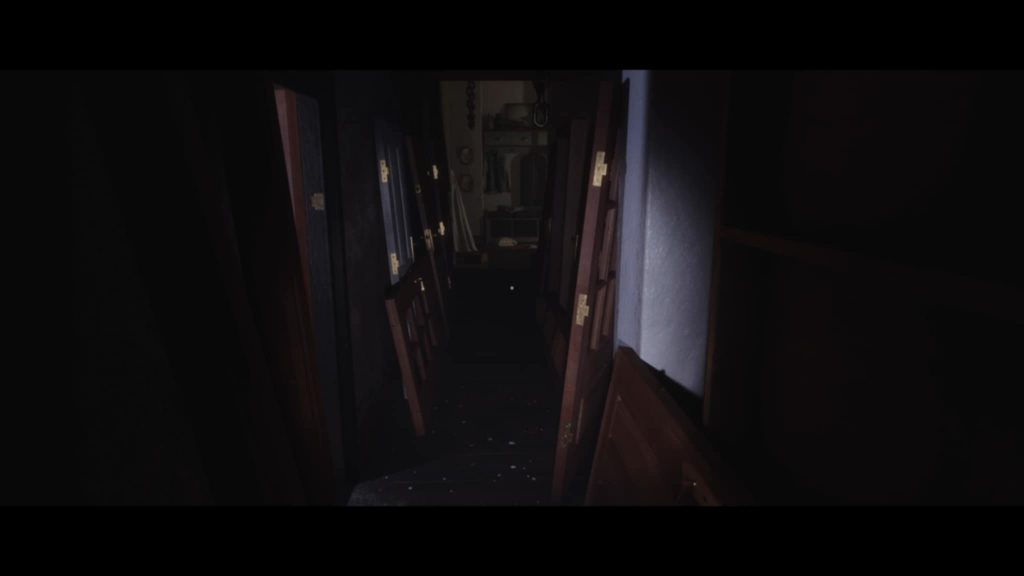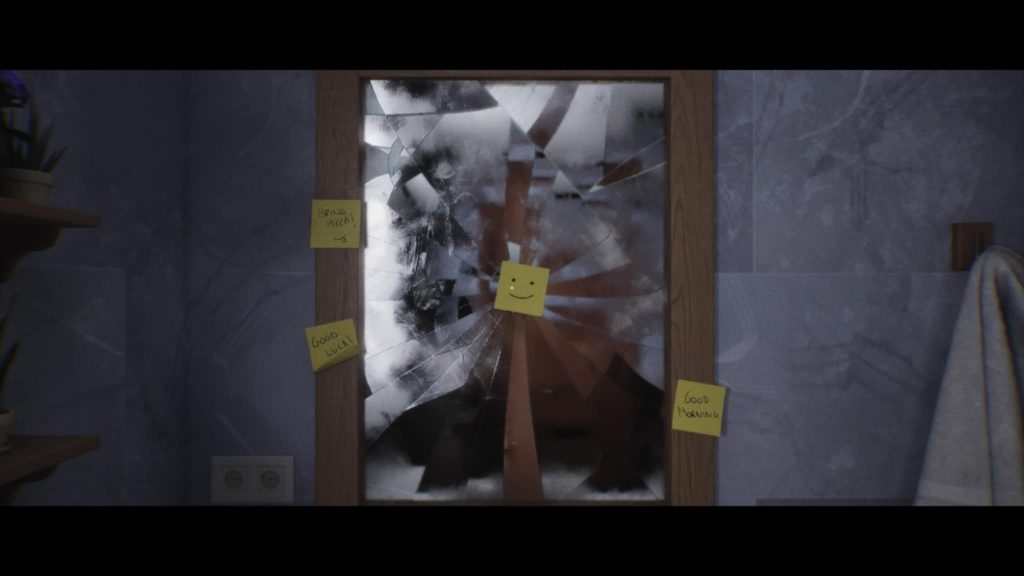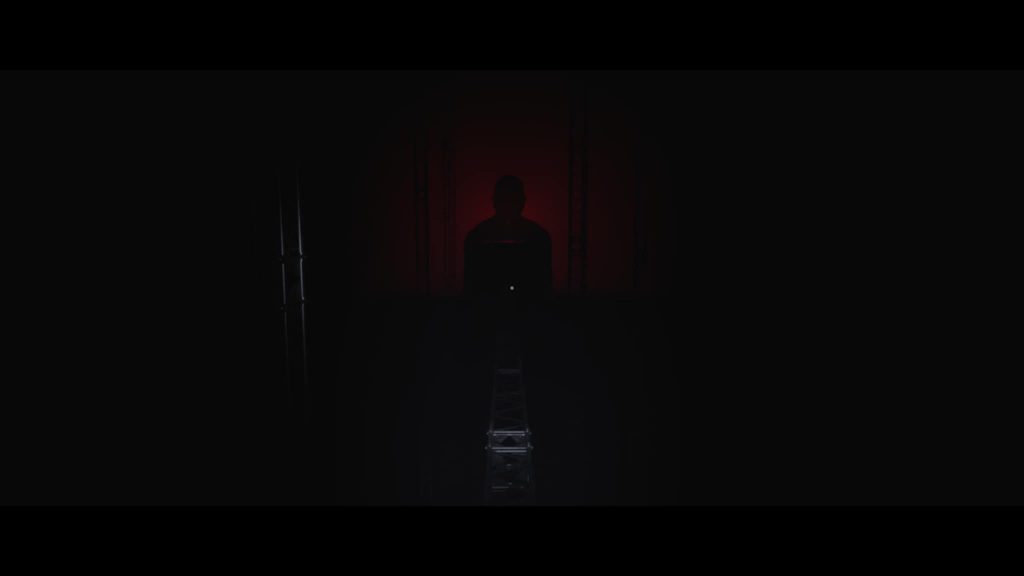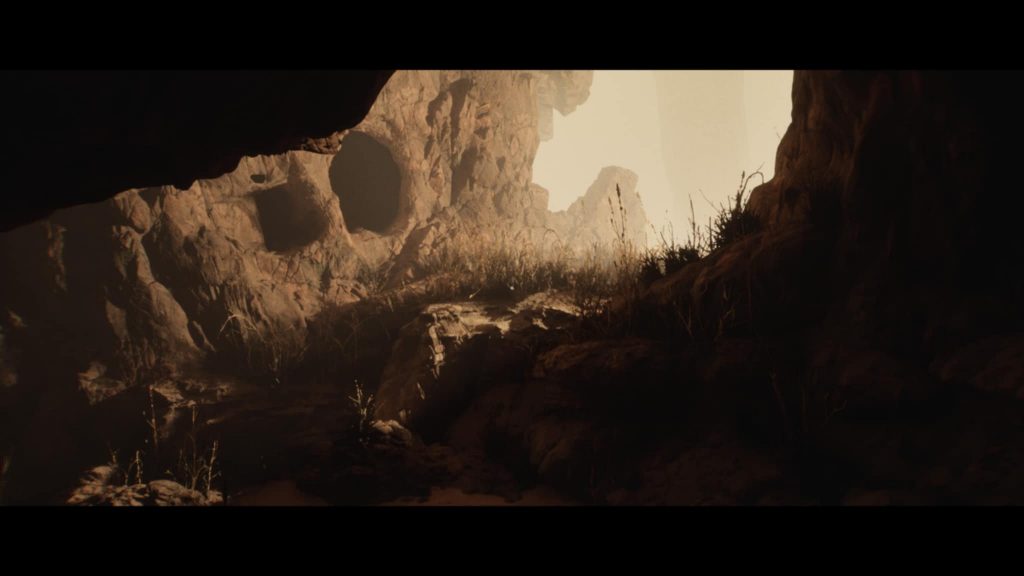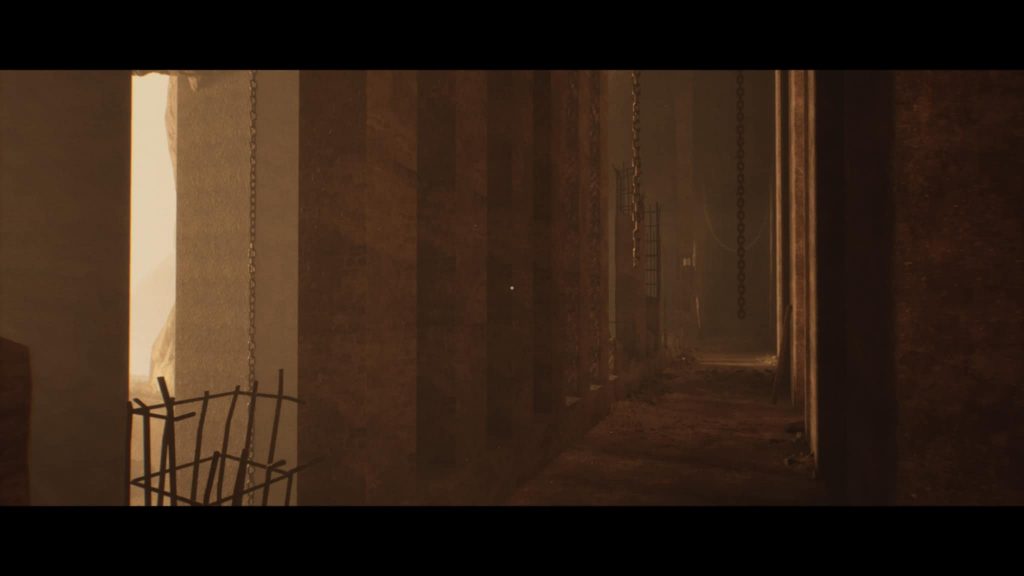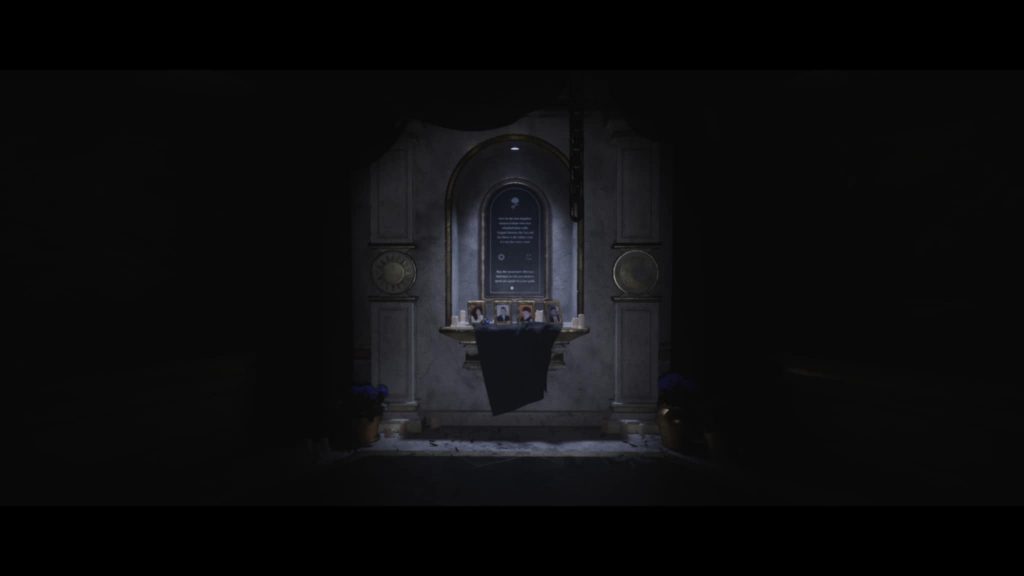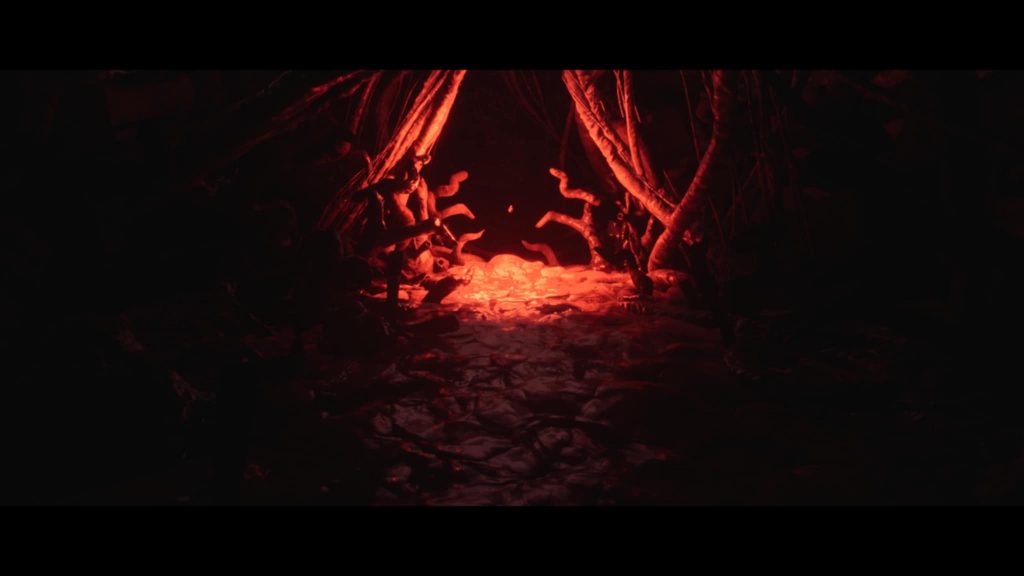Luto Review (PS5)
Summary: Luto is a masterful psychological horror experience that transforms grief into a living, breathing environment. Developed by Broken Bird Games, it delivers a deeply emotional and atmospheric journey that challenges players to confront loss through surreal landscapes, intricate puzzles, and haunting environmental storytelling. While it shares DNA with titles like P.T. and Visage, Luto carves out its own identity through bold narrative choices, exceptional audio-visual design, and a powerful sense of introspection. It is not only one of the most memorable horror games in recent years, but a standout achievement in how video games can explore emotional depth with intelligence and originality.
5
=
Grief may be invisible, but Luto gives it shape, sound, and purpose; and the result is extraordinary. Developed by Broken Bird Games and published in collaboration with Selecta Play and Astrolabe Games, Luto released on July 22nd of 2025, for PlayStation 5, Xbox Series X/S, Steam, and the Epic Games Store. A first-person psychological horror experience, Luto is less a conventional game than it is an introspective descent into grief, memory, and self-estrangement. Meaning “mourning” in Spanish, Luto positions its title not just as a thematic label, but as an emotional thesis. The game explores loss not in a traditional, linear fashion, but through abstraction, recursion, and isolation, capturing the disorienting effect of mourning with rare authenticity. The result is one of the most harrowing and conceptually rich entries in the genre in years, proving that horror can be as emotionally resonant as it is unsettling.
You play as Samuel, a man on the edge of moving out of his home, but first needs to find the strength to begin. Trapped in patterns of avoidance and tormented by half-remembered nightmares, his world is slowly swallowed by something far more malignant than memory. As Samuel procrastinates through mundane routines, haunted more by what he refuses to confront than by what is overtly threatening him, the familiar becomes increasingly alien. When the cycle finally breaks, it does so with a suddenness that reshapes both space and narrative. What follows is a descent into the fragmented interiority of a man lost in his own unresolved past.
For many, anticipation for Luto began with the release of its demo, The Choice, on November 30th of 2023. The demo stood out for its atmosphere, its precision-crafted tension, and its ability to transform the banal into the terrifying; echoing the legacy of P.T., while forming a new voice alongside titles like Visage, Madison, and Layers of Fear. It presented a deeply focused, methodical structure where the house itself became the antagonist, morphing space and perception to challenge and unsettle the player. What made The Choice so compelling was not just its jump scares or puzzle design, but the psychological weight it carried in every hallway and decision. It was a rare example of a demo that fulfilled its purpose while also elevating expectations to a new level.
The full release, however, diverges from expectation in bold, even disorienting, ways. Early on, the presence of a narrator who seems slightly sardonic and strangely omniscient, suggests something more self-aware than anticipated. At first, this voice feels out of place, echoing the tonality of titles like The Stanley Parable or Superliminal, where humor and surrealism frame the experience, but it quickly becomes clear that this narrator is not undermining the game’s seriousness; he’s reinforcing it. The voice acting is remarkably well-performed, delivering tone and pacing that shift subtly throughout, reflecting the game’s evolving emotional texture. The narrator becomes part of the psychological architecture, guiding, misleading, and eventually deepening the connection between player, protagonist, and theme.
Gameplay-wise, Luto adheres to genre expectations: first-person navigation, no combat, environmental storytelling, and intricate puzzles. Yet within this framework, it excels. The puzzles are embedded into the world’s logic and symbolism, encouraging players to think in metaphor rather than mechanics. You’ll dial cryptic phone numbers, interpret layered drawings, and piece together fractured memories through written notes and spatial clues. Occasionally, the difficulty spikes, but rather than frustrate, these moments often enhance the immersion by forcing players to pause, think, and reflect; exactly the point when horror becomes most effective. Even moments of confusion feel deliberate, forming part of the game’s overarching intent to destabilize and envelop.
Where Luto truly excels is in the sophistication of its horror. Jumpscares are present, but they’re used judiciously; never cheap, always earned. More often, fear comes from existential unease and environmental instability. The game channels dread not only through its monsters and illusions, but through a quiet, persistent suggestion that things will never return to normal. It explores themes of personal responsibility, emotional paralysis, and the cyclical nature of trauma in a way that transcends typical genre fare. Luto understands that the most terrifying truths are internal, and it allows those truths to unfold slowly, painfully, and without compromise.
Visually, Luto is a triumph. The lighting and shadow work are finely tuned to create a constant sense of anticipation and misdirection. Shadows fall across rooms in ways that suggest a presence just out of sight, while light itself becomes a manipulative force by being comforting in one moment and deceiving in the next. Beyond the aesthetics, the environmental storytelling is exceptional. Rooms tell stories without words: a cracked mirror, pens and sticky notes sprawled out idly by a chair, a hallway that leads back to itself, or shoes pushed up against a welcome mat. Each environment holds layers of narrative context, and as the world warps and shifts, so too does your understanding of Samuel’s grief and guilt.
The variety in environments also deserves praise. While the core of the game remains rooted in a domestic setting, Luto surprises with transitions into increasingly surreal spaces that extend the emotional weight of the story. The blend of clean, minimal spaces with twisted, labyrinthine corridors challenges the notion that horror must hide in the dark. Sometimes the most disturbing scenes are set in sterile light, where nothing is immediately wrong until everything is. It’s in this contrast that the game finds its most lasting impact, refusing to let players feel safe even in clarity.
The audio design in Luto is equally meticulous. Footsteps on wood, tile, or carpet carry distinct textures, grounding the player even as the world unravels. Ambient sound is layered and dynamic, growing louder in moments of panic and falling silent in ways that are often more terrifying than any screech. The minimal score complements this beautifully, surging during key scenes and then disappearing entirely to allow natural sound to dominate. Even the faint thud of something dropping in another room is enough to keep the tension elevated. Every sound contributes to a greater emotional architecture that supports the game’s immersive horror.
Where Luto achieves something truly remarkable is in its ability to synthesize all of these elements into a cohesive, emotionally resonant whole. The horror is deeply human. It’s about denial, memory, longing, and ultimately, acceptance…or the absence of it. Rather than chase the aesthetic of P.T. as so many have tried, Luto transcends it. It does not attempt to merely scare, but to wound, to provoke, and to reflect, using its mechanics and aesthetics as vehicles for something much more profound.
There is little hand-holding throughout the experience. Some aspects of the story may feel vague or incomplete, and that is by design. Luto invites interpretation through cryptic expositional affairs, but also experiments understanding through patient observation and introspection. It is meant to be replayed, and doing so reveals additional layers like narrative connections, symbolic moments, even subtle environmental changes that alter one’s understanding of the whole. It is a game that lingers long after it ends, not because of a twist or revelation, but because of how closely it mirrors emotions we often try to suppress.
Final Thoughts?
In a genre saturated with surface-level scares, Luto stands apart. It is a landmark psychological horror experience that is unafraid to be abstract, emotionally ambitious, and structurally inventive. For those willing to engage with its rhythm, its difficulty, and its solemnity, Luto offers one of the most hauntingly profound journeys in modern horror gaming. It is more than a spiritual successor to the horror classics it evokes. It is their evolution.



